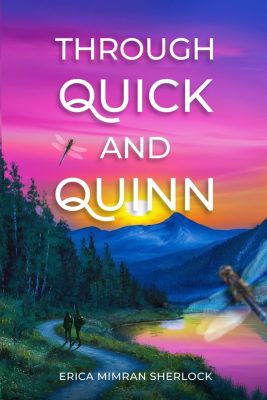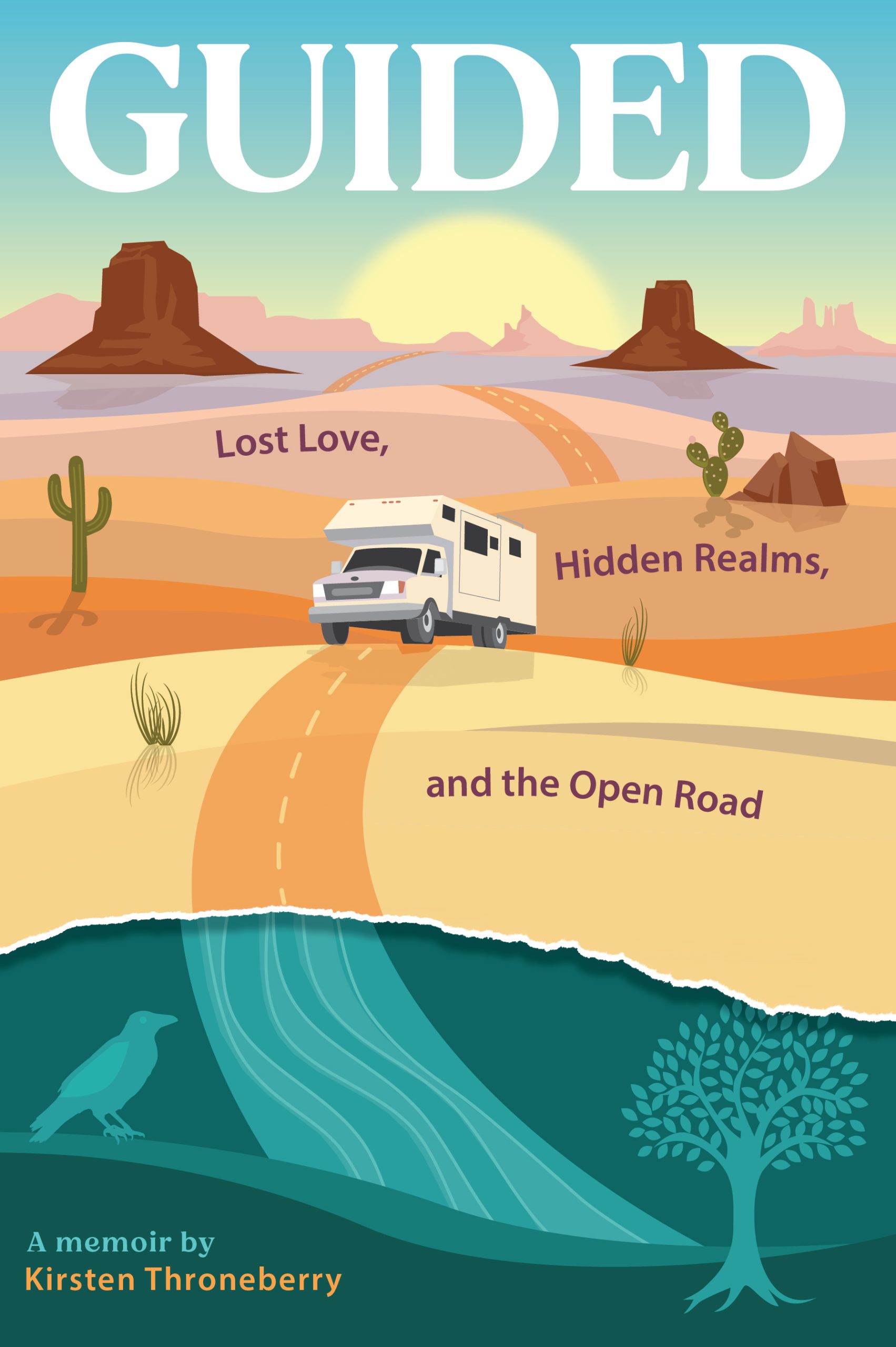This is the history of two parallel and competing movements involving the beautiful Puget Sound orcas. One is the orcas-as-commodities commercial movement to capture the killer whales and sell them to marine parks all over the world, where they are kept in small pens and trained to perform for public amusement. The other is the growing appreciation of both scientists and the general public for orcas as intelligent, sensitive, family-oriented wild creatures deserving of protection.
Packed with poignant details, such as a description of captive orcas in Seattle and Vancouver, B.C. talking to each other via a phone call, and reports of newly captured orcas crying so loudly and mournfully that one man said his cat tried to hide under a chair to get away from the heart-rending sound are accounted for in this expose of these cruel practices for the sake of entertainment. The brutality is painful to read about—when the first captures took place, the hunters used harpoons and wire nets to catch the orcas. Later, explosives were thrown into the water to chase the whales into a net. Needless to say, many orcas died during the capture process, and most who survived to be sold into captivity in small pens didn’t live long.
But as the attendance and profitability of marine entertainment parks exploded, so did the protest movement to stop the brutal practice of capturing whales. Government agencies clashed, with the NOAA Office of Protected Resources enacting the Marine Mammal Protection Act and establishing rules to protect the orcas, while the National Marine Fisheries Service granted “economic hardship” exemptions to SeaWorld Inc. to capture even more whales. Scientists and commercial entities argued over the number of killer whales in existence. Soon it evolved into a media blitz and a court battle, with the state of Washington against the Feds from Washington, D.C. and SeaWorld to stop the practice of capturing orcas.
Fortunately, the conservationists prevailed and today the orcas of Puget Sound swim free, their number sadly decimated after a decade of captures and killings, and now their small population threatened by human over-fishing and pollution.
As Pollard points out, killer whales in other locations such as Iceland still face the danger of capture, and orcas are still penned up in amusement parks and forced to perform for entertainment.
When are wild animals a resource to be harvested for profit? And when do they deserve to be protected from harm? When does capture of a species become kidnapping, training become torture, and captivity become imprisonment? When does the death of a wild animal at the hands of a human become murder? Readers will find themselves pondering these questions as they explore the history presented in this meticulously researched book.










Leave A Comment